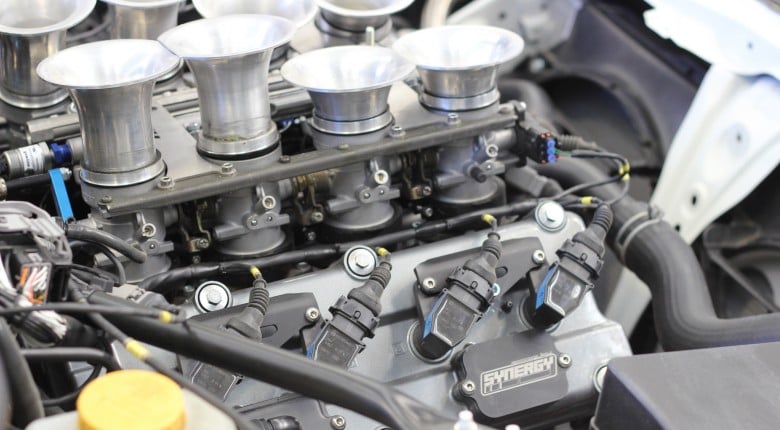If you're diving into the world of engine tuning, you've likely come across the term MBT. But what exactly is it, and why is it crucial for maximizing your engine's performance? Let's break it down.
What Does MBT Stand For?
MBT stands for Maximum Brake Torque or Minimum timing for Best Torque. It's a fundamental concept in engine tuning that refers to the ignition timing that produces peak torque output. In basic terms, the ignition angle gives us the most power possible.
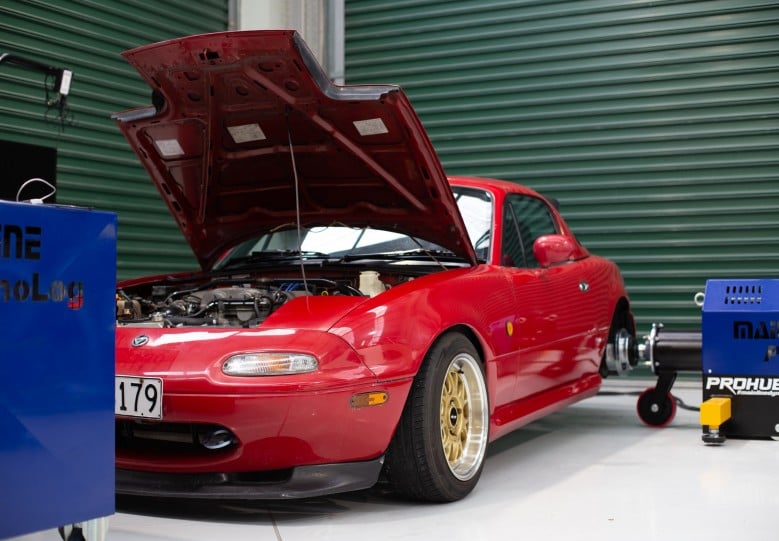
What Is MBT?
When you ignite the air-fuel mixture in your engine's cylinder, it creates a rapid increase in pressure. This pressure, acting on the piston, is what generates torque on the crankshaft. The magic happens when peak cylinder pressure occurs about 16 to 18 degrees after Top Dead Center (TDC) as the piston moves down the bore. At this point, the pressure has the most mechanical leverage on the crankshaft, resulting in maximum torque.
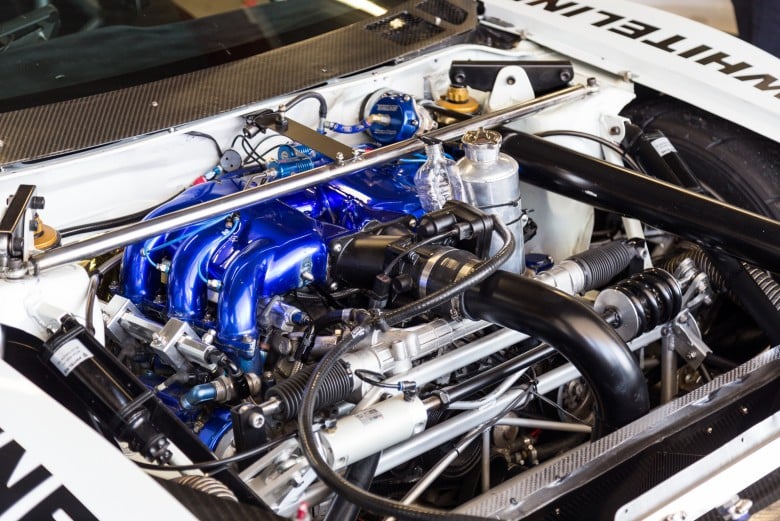
Why Does MBT Matter When EFI Tuning?
Tuning for MBT ensures that your engine is producing maximum torque at any given operating condition. It's not just about raw power; it's about optimizing your engine's efficiency and performance across its entire operating range.
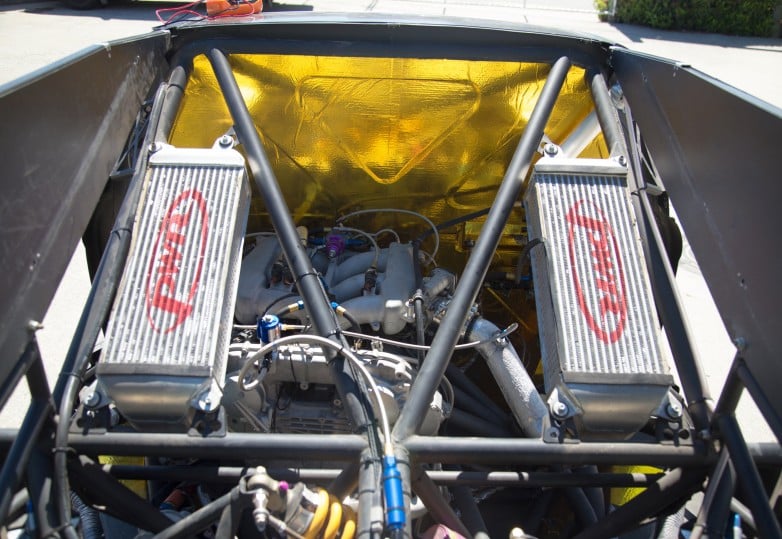
Does Every Engine Achieve MBT?
Achieving MBT isn't a one-size-fits-all solution. The optimal ignition timing varies with both RPM and engine load and some engines will encounter knock (aka detonation) before MBT is reached. We call this being 'knock limited'.
This is most common with high-performance engines in street-driven vehicles that use general pump gasoline/petrol and are often naturally aspirated engines converted to forced induction. Using fuels with higher octane, like ethanol blends or race fuels including methanol and Q16 or C16, is an 'easy' way around this knock limit, but also considerations to your compression ratio when building your engine will heavily influence this too.
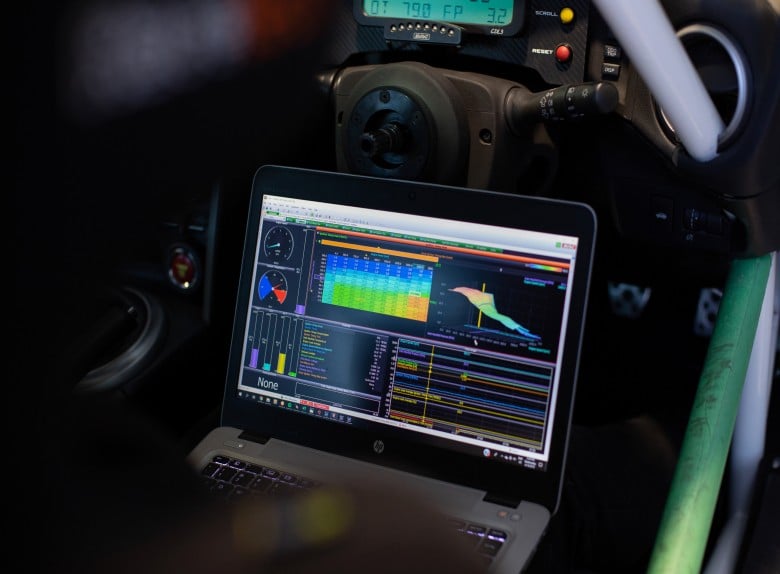
How To Tune To MBT
While you can get very close with some patience while road/street/track tuning, reaching MBT accurately is essentially impossible without using a quality dynamometer (dyno). There are some tools you can use that help simulate a dyno, but in our opinion the current technology available leaves too much of a margin on the table to be accurate enough, or safe enough, to use in place of a dyno.
That does not mean road tuning is not worth your time; it just means you will leave a little bit of power on the table by comparison, which might not matter at all for many applications.
Safety First
It's crucial to note that excessive ignition advance can lead to knock (aka detonation), potentially causing severe engine damage. Always use a high-quality knock detection system during the MBT tuning process.
Practical Application | Pro Tip
While our dream is generally to make the post power everywhere in our map as much as we possibly can, we don't necessarily need to tune for MBT in every single cell of our ignition map. Focus on the areas where your engine operates most, such as cruise conditions, transition to wide-open throttle (WOT) and WOT through to deadline.
Part throttle cruise areas at high RPM are an example of areas of the map we will never really use, (you're not going to be at 1/2 throttle while at redline for example) and therefore do not need to be optimised in the same way.
Conclusion
Mastering MBT tuning is a key skill for any serious engine tuner. It's the difference between an engine that merely runs and one that performs at its peak. While it requires patience and precision, the results are well worth the effort.
If you're eager to dive deeper into engine tuning and learn how to optimize your own engine's performance, the High Performance Academy EFI tuning starter package is an excellent place to begin. It provides comprehensive training that will equip you with the knowledge and skills to get hands-on and tune your own engine on the track or on the dyno. Don't just 'drive' your car – unleash its full potential with accurate and effective tuning.
